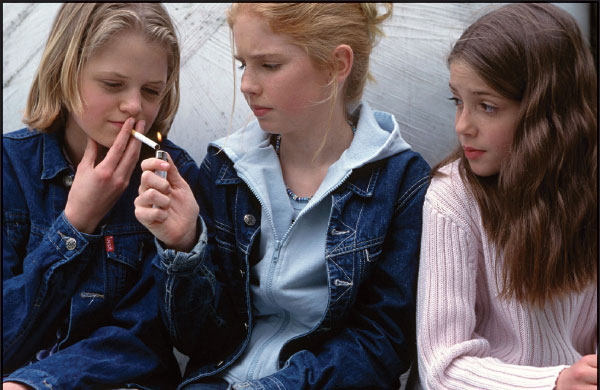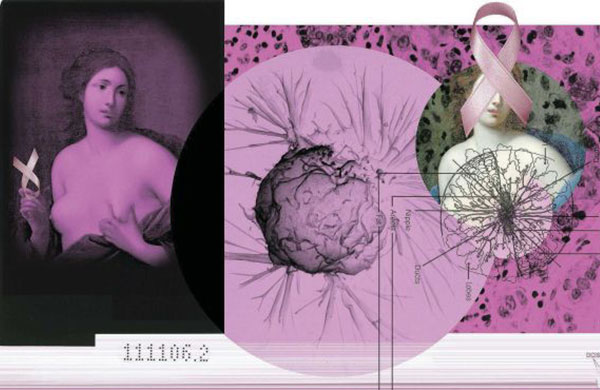 The absolutely outrageous amount of snow this winter is getting very frustrating. The freezing temperatures, having to shovel our sidewalks, driveways and especially digging out our cars every other day is incredibly tiring. Yet, most of us are taking it in stride and doing our best to stay positive.
The absolutely outrageous amount of snow this winter is getting very frustrating. The freezing temperatures, having to shovel our sidewalks, driveways and especially digging out our cars every other day is incredibly tiring. Yet, most of us are taking it in stride and doing our best to stay positive.
However, those who suffer from Seasonal Affective Disorder (SAD)are having an even harder time than usual this winter.
SAD, is a type of depression that affects a person during the same season each year. If you get depressed in the winter but feel much better in spring and summer, you may have SAD.
Anyone can get SAD, but it is more common in people who live in areas where winter days are very short or there are big changes in the amount of daylight in different seasons. Women are much more likely to suffer from this sort of depression than men. The risk of getting SAD for the first time goes down as you age; most people who suffer are between the ages of 15 and 55.
Experts are not sure what causes SAD, but they think it may be caused by a lack of sunlight. Lack of light may upset your sleep-wake cycle and other circadian rhythms. And it may cause problems with a brain chemical called serotonin that affects mood.
Those who have SAD, usually feel unhappy, grumpy, moody, or anxious. They lose interest in their usual activities. Many eat more and crave carbohydrates, such as bread and pasta. Thus, it’s not surprising that they gain weight, sleep more and feel drowsy during the daytime.
Symptoms come and go at about the same time each year. For most people with SAD, symptoms start in September or October and end in April or May.
It can sometimes be hard to tell the difference between nonseasonal depression and SAD, because many of the symptoms are the same. If you think you may be suffering from SAD, your doctor will want to know if you tend to be depressed each year and get better when the seasons change.
If you have been eating more and craving carbohydrates plus sleeping more than usual you may have SAD. It’s also more likely if a close relative—a parent, brother, or sister-has had SAD.
Doctors often prescribe light therapy to treat SAD. There are two types—bright light treatment and dawn simulation. For bright light therapy, you sit in front of a “light box” for half an hour or longer, usually in the morning. Dawn simulation, entails a dim light going on in the morning while you sleep, and it gets brighter over time, like a sunrise.
Light therapy works well for most people with SAD, and it is easy to use. Most patients start to feel better within a week or so after starting light therapy, when they stick with it and use it every day until the season changes.
Some doctors prescribe antidepressants. These medicines can improve the balance of brain chemicals that affect mood. Other doctors suggest counseling. Some types of counseling, such as cognitive-behavioral therapy, can help. If you think the weather has been getting you down more than it should be and you have the symptoms of sad, see your doctor.



